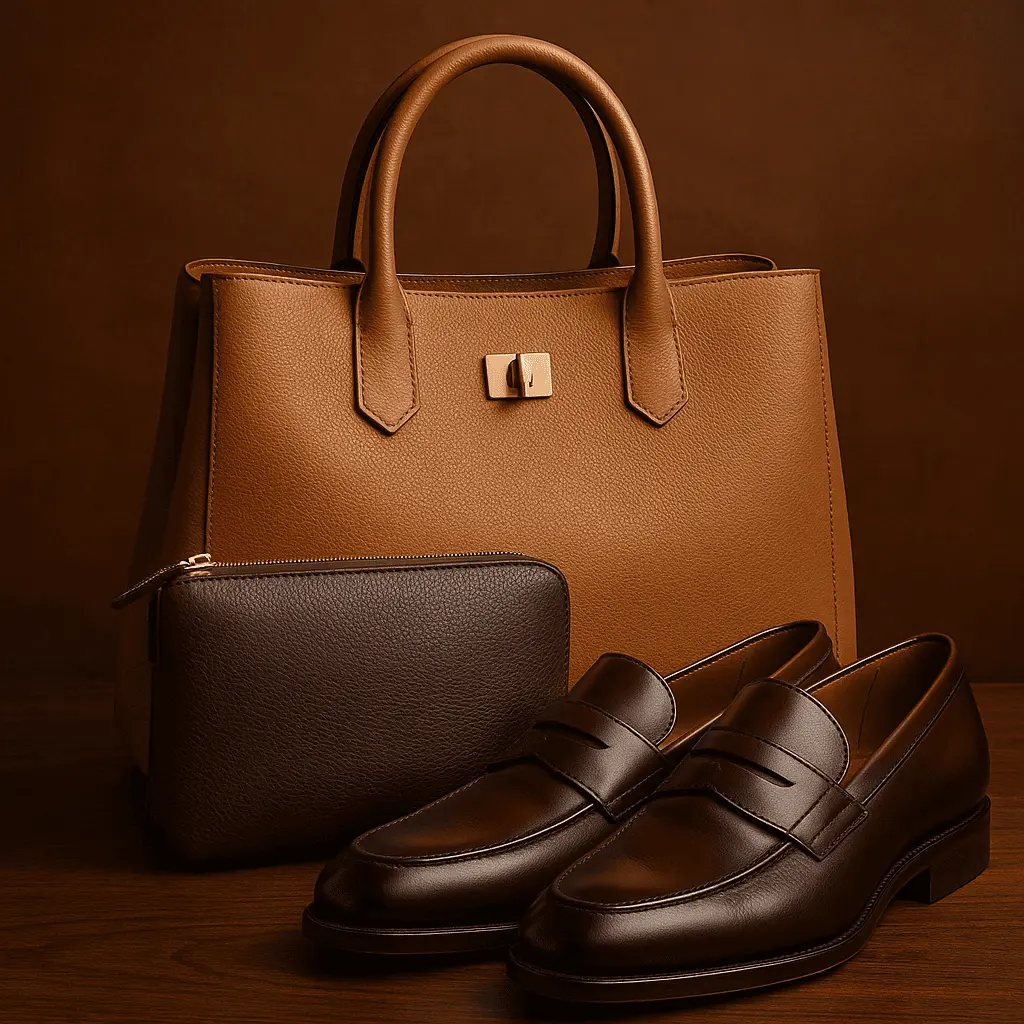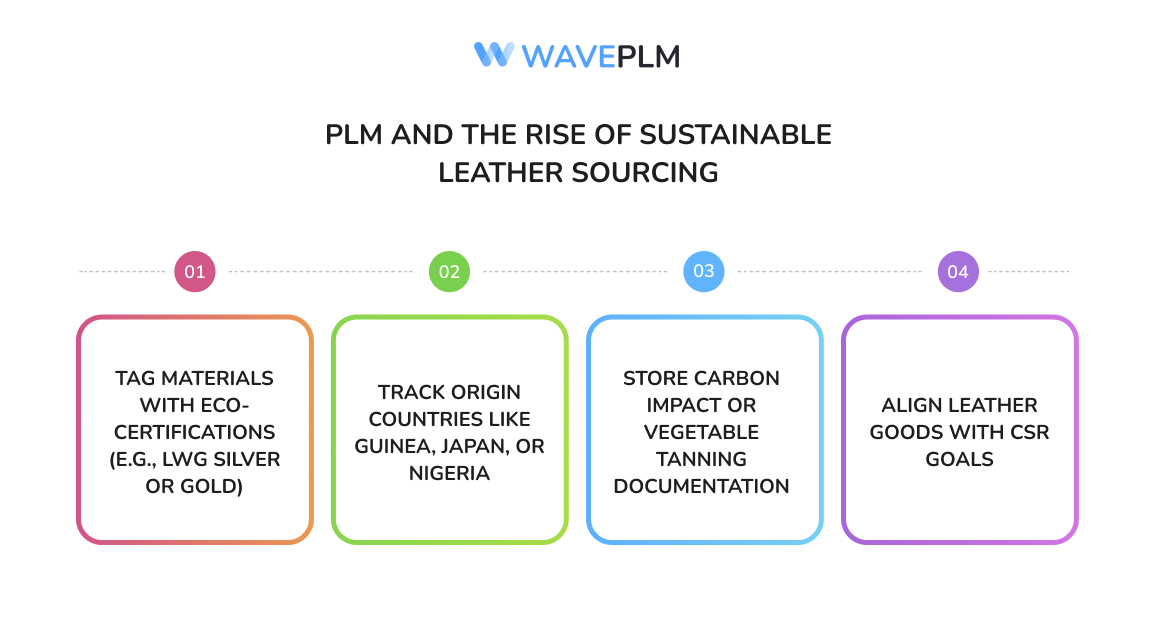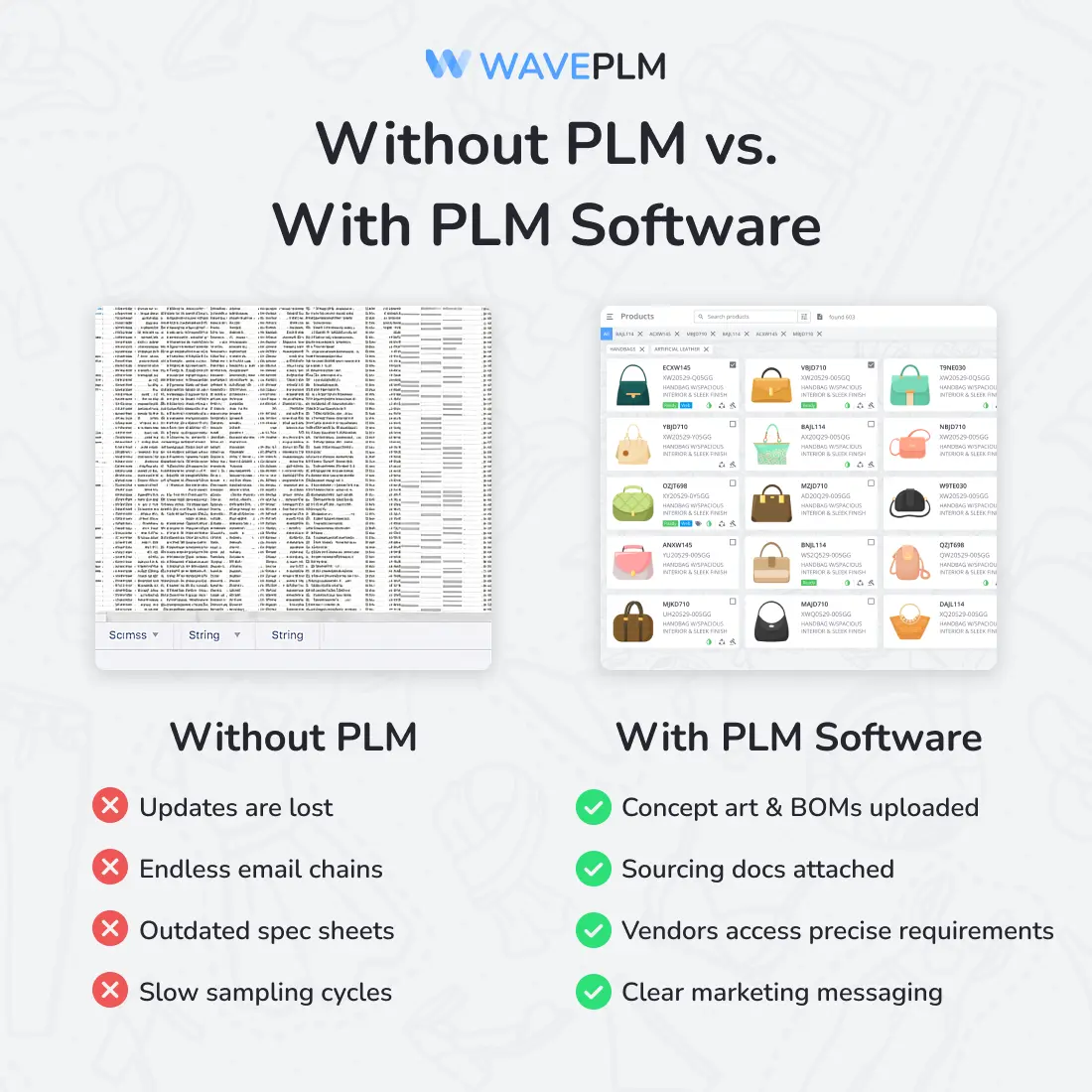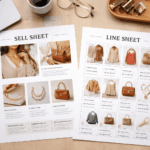
Luxury leather isn’t just a material — it’s a reflection of craftsmanship, tradition, and timeless style. In today’s fashion landscape, leather goods like handbags, accessories, and tailored pieces go beyond aesthetics; they embody sophistication and lasting value. These items tell a story of heritage and personal identity, making them more than just fashion statements.
As consumers increasingly prioritize sustainability, ethical sourcing, and transparency, the process of developing leather products has grown more complex.
That’s where Product Lifecycle Management (PLM) software makes a difference. PLM systems help fashion brands manage every step of their leather design and production process—from concept to creation. They streamline material tracking, improve global team collaboration, and ensure full product traceability. All of this happens while maintaining the high standards and distinct identity that luxury brands are known for.
What Makes Leather “Luxury”?
Luxury leather is defined by its origin, craftsmanship, and treatment process. These materials are sourced from top-tier tanneries in countries like Italy, France, or guinea and treated through age-old methods to enhance strength, softness, and visual appeal.
Some of the highest quality leathers include:
- Full-grain vegetable-tanned leather
- Soft lambskin and durable calfskin
- Exotic hides like crocodile and python (used with sustainability considerations)
The result? Unique, long-lasting leather goods that reflect impeccable attention to detail.
Luxury leather is also about the story. Modern shoppers, from South Korea to the Netherlands, want more than just aesthetics. They seek clarity on sourcing, treatment, and the journey of each piece. They ask:
- Where was the hide sourced?
- Was the tanning process eco-friendly?
- Does this bag align with ethical values?
PLM software helps brands answer those questions through structured data and real-time traceability.
Why Premium Materials Demand Better Oversight
Managing luxury leather isn’t just about picking beautiful materials. It means ensuring consistent excellence, meeting regulations, and reducing costly delays or errors. A single inconsistency in leather finish or stitching can impact the entire product line.
|
Challenge |
Why It Matters |
|---|---|
|
Natural variation in hides |
Impacts color matching and uniformity in bags |
|
Long sourcing lead times |
Delays collections and market launches |
|
High unit costs |
Mistakes increase financial risk per piece |
|
Ethical compliance |
Required for audits, brand trust, and legal standards |
PLM software centralizes this information. Brands get a clear digital thread that connects suppliers, vendors, and internal teams.
PLM and the Rise of Sustainable Leather Sourcing
The call for sustainability is louder than ever—from Hong Kong SAR to Belgium. Whether it’s a luxury handbag, a limited collection of leather accessories, or a bespoke shopping bag, brands must prove their commitment to responsible sourcing.
PLM software empowers brands to:
- Tag materials with eco-certifications (e.g., LWG Silver or Gold)
- Track origin countries like Guinea, Japan, or Nigeria
- Store carbon impact or vegetable tanning documentation
- Align leather goods with CSR goals
Sustainability doesn’t stop at the source. Brands use PLM to create reports, showcase environmental metrics, and share this message with consumers via newsletters, campaigns, and packaging.

Leather Product Development: A Closer Look
Let’s take a real-world look at how PLM supports development of a new luxury leather shopping bag:
|
Step |
PLM Application |
|
Concept sketching |
Upload design references, notes, and seasonal direction |
|
Leather sourcing |
Add vendor certifications, swatch images, and tanning details |
|
Technical BOM |
Create a digital bill of materials with trims, lining, and leather specs |
|
Sampling |
Log feedback from suppliers in Vietnam or Israel, compare versions |
|
Production |
Generate a complete spec pack for vendors in China or Laos |
|
Launch prep |
Finalize packaging, care tags, and marketing assets |
This structured flow ensures every mark, measurement, and material stays aligned.
Human-Centered Design for Contemporary Lifestyles
In today’s fast-moving world, fashion must adapt to shifting lifestyles and global coordination. Whether working from Singapore, Jordan, or the Caribbean Netherlands, teams need synchronized systems. PLM software provides that central hub.
It improves collaboration across time zones and creates breathing room for what matters most: design, innovation, and quality. For accessories like bags and small leather goods, this structure is critical to meeting tight deadlines and high expectations.
A Cross-Border Case Study: Building a Better Bag
Imagine a high-end brand developing a limited-edition leather bag:
- The design studio is in Italy
- Leather is sourced from certified tanners in Guinea
- Prototyping takes place in Vietnam
- The final collection ships to retailers in China and Singapore
Without PLM, updates are lost in email threads. Spec sheets get outdated. Sampling cycles drag on.
With PLM software:
- The team in Italy uploads concept art and BOMs
- The sourcing team attaches LWG and tanning documentation
- Vendors in Vietnam review precise requirements and timelines
- The marketing team prepares clear messaging for global launch
This level of digital integration allows faster execution without compromising quality or sustainability.

Key PLM Software Benefits for Leather-Focused Brands
|
Benefit |
Impact on Leather Goods |
|
Quality Assurance |
Ensures consistency in texture, thickness, and finish |
|
Transparency |
Gives brands access to every step of the product’s journey |
|
Speed |
Reduces back-and-forth delays during development |
|
Compliance |
Keeps brands audit-ready with organized files |
|
Global Collaboration |
Supports multi-region workflows in Japan, Tanzania, and Israel |
Template: Leather Material Specification Sheet (Expanded)
Use this enhanced format in PLM to manage high-end leather pieces across collections.
|
Field |
Example |
|
Material Name |
Full-grain Vegetable-Tanned Calfskin |
|
Supplier |
Heritage Leather Co., Guinea |
|
Certification |
LWG Silver Rated |
|
Tanning Type |
Vegetable |
|
Color |
Cognac Brown |
|
Finish |
Semi-aniline with wax seal |
|
Usage |
Main body – shopping bags and accessories |
|
Thickness |
1.2 mm |
|
MOQ |
250 sq. ft |
|
Notes |
Ideal for hand-stitched construction, light patina over time |
PLM ensures this data is available across every department and vendor location.
Final Thoughts: Creating with Care, Craft, and Code
Luxury leather continues to inspire, define, and elevate fashion collections. But in a world shaped by digital transformation and ethical awareness, excellence must go hand-in-hand with traceability and responsibility.
Whether your brand is based in the Netherlands or launching new styles in Jordan, adopting PLM software means you’re serious about quality, sustainability, and consumer trust. From the first design sketch to the moment a shopping bag lands in a customer’s hands, PLM helps brands stay consistent, creative, and compliant.
And that’s what today’s world demands.
Continue your journey toward digital craftsmanship. Wave PLM is here to help you create timeless leather goods that leave a mark—on the world, on your brand, and in people’s lives.





Leave a Reply